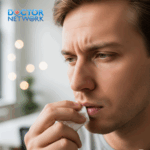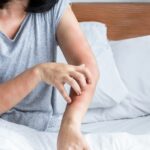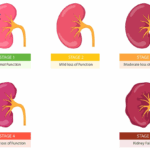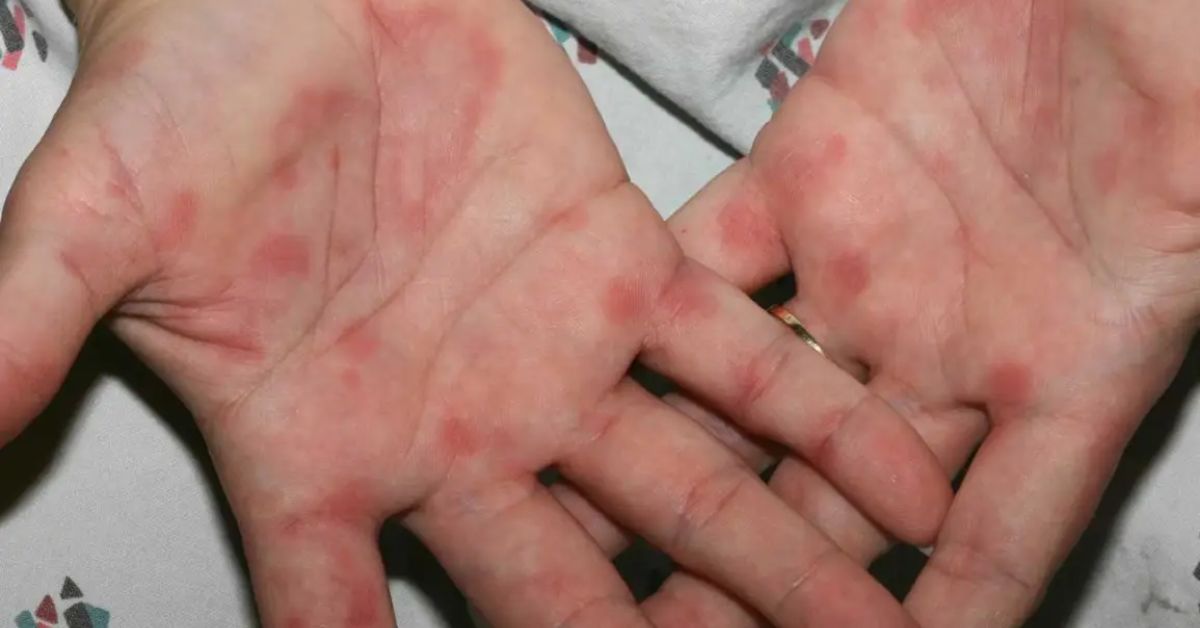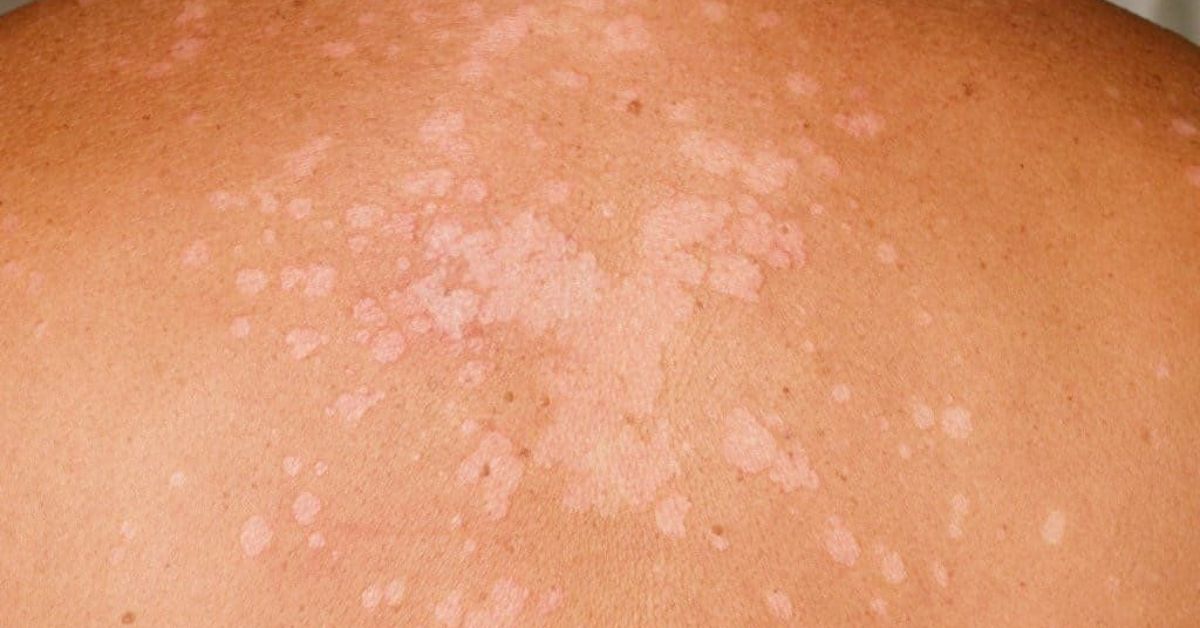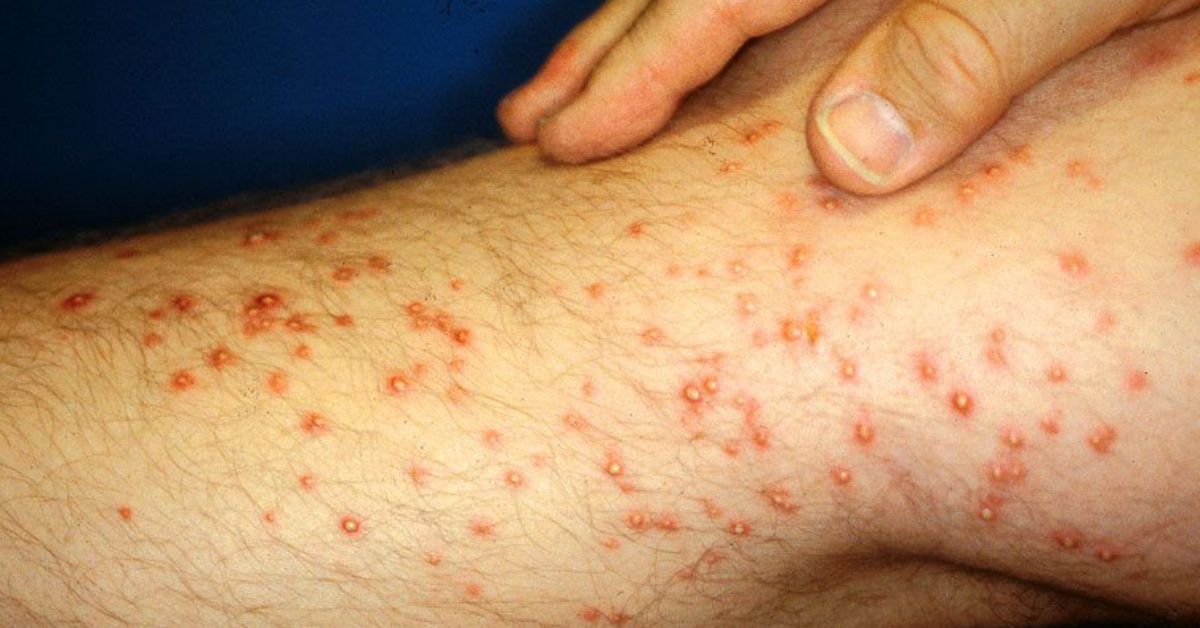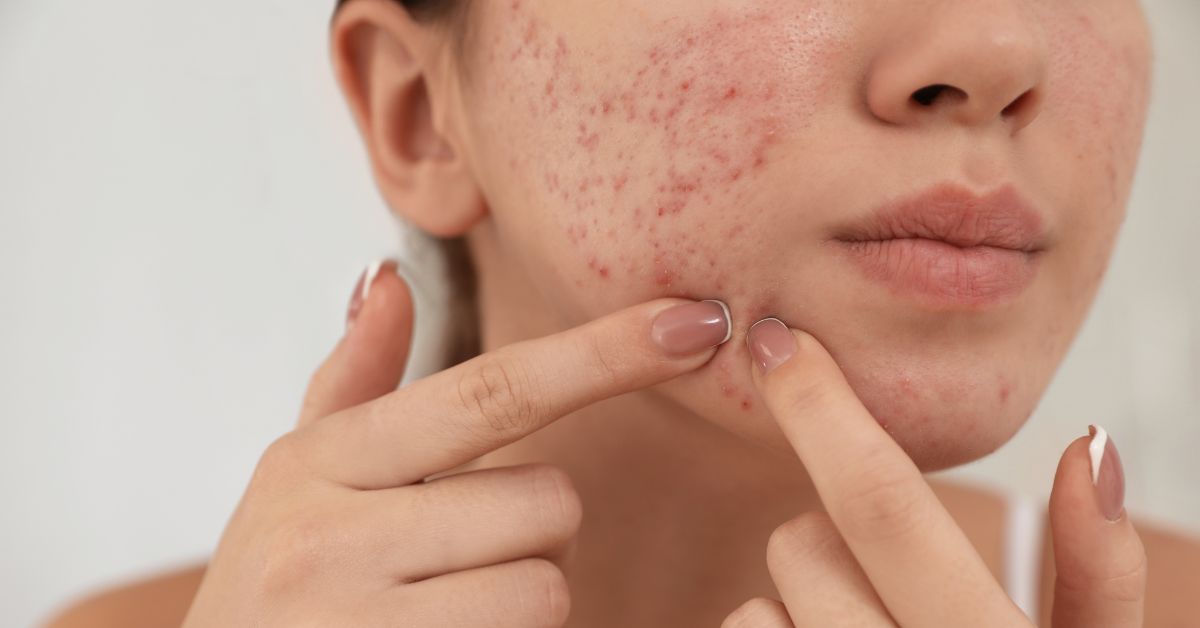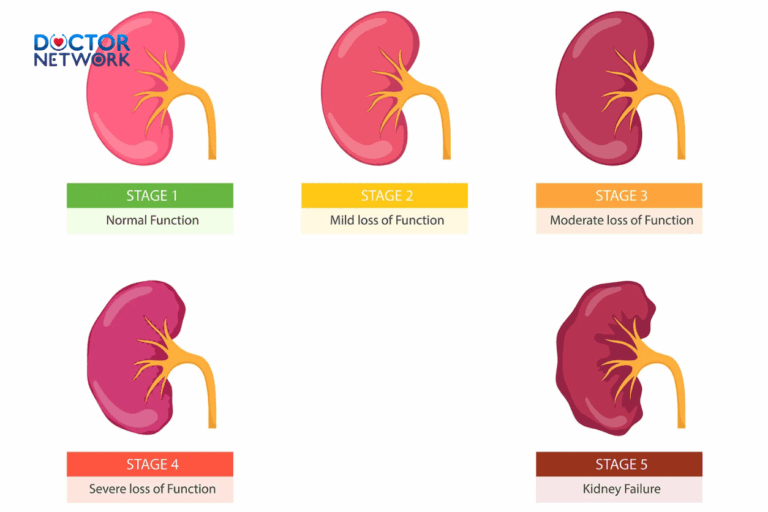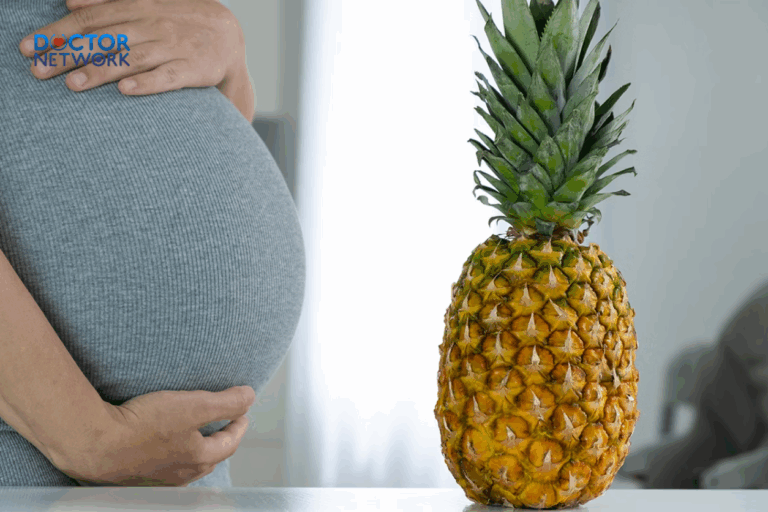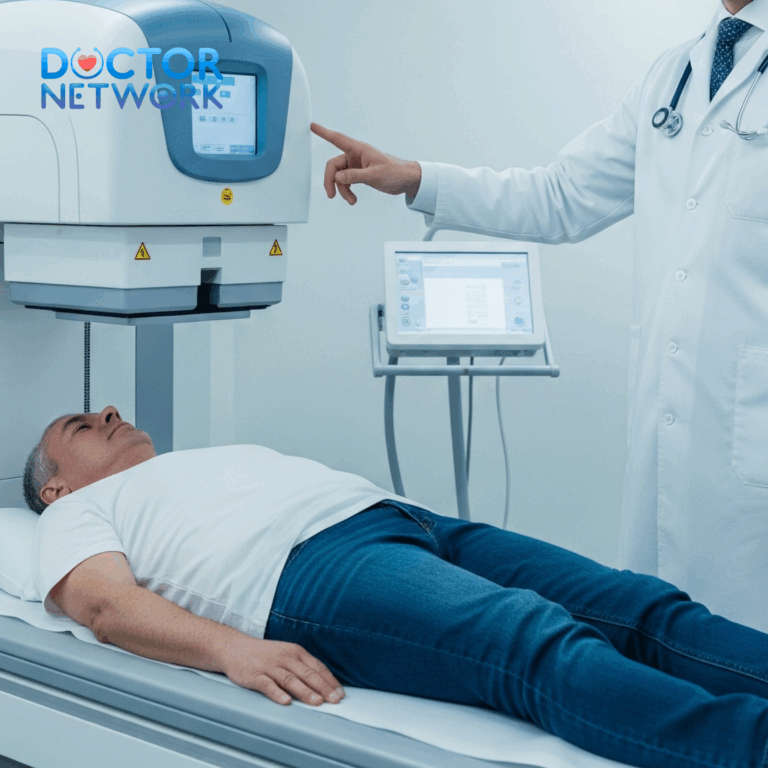Intertrigo in adults is a condition characterized by red, inflamed, and itchy skin in the groin area. Although not a severe medical issue, intertrigo can significantly affect the quality of life and requires appropriate treatment. Here’s How to Treat Intertrigo in Adults.
Causes and Symptoms
Causes:
- High humidity: Sweat, urine, and other secretions that are not properly absorbed can irritate the skin.
- Friction: Tight clothing or excessive physical activity.
- Infections: Fungal (common) or bacterial.
- Underlying conditions: Diabetes, obesity, and immune deficiencies increase the risk.
Symptoms:
- Redness in the groin area, which may spread.
- Itching and burning sensation.
- Blisters or pustules.
- Skin ulceration, secretion, and odor.
Diagnosis of Intertrigo
A dermatologist diagnoses intertrigo through:
- Skin examination: Assessing the extent of skin lesions.
- Microscopy or culture: To detect fungal or bacterial infections if suspected.
Treatment of Intertrigo at Home and When to Use Medication
A. Home Treatment
Keeping the Area Dry:
- Frequently absorb sweat, especially after bathing or exercise.
- Wear loose, breathable clothing.
- Consider using unscented talcum powder (not recommended for sensitive skin).
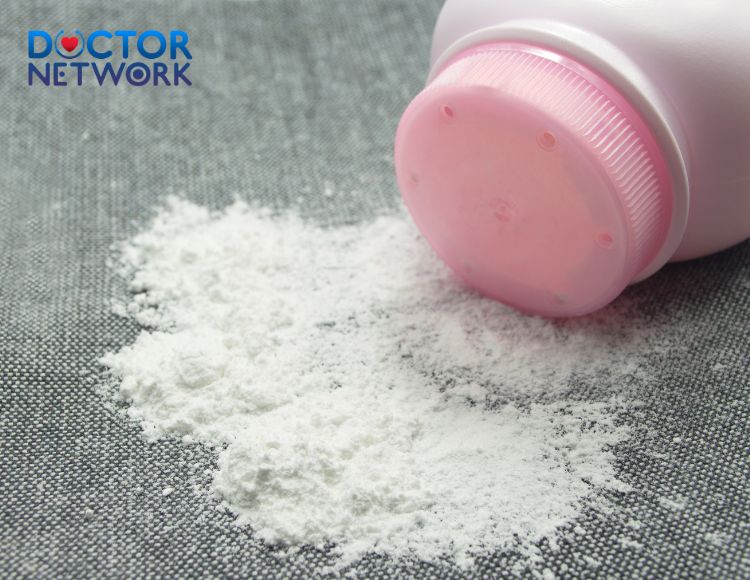
“How to Treat Intertrigo in Adults” with unscented talcum powder
Gentle Cleansing and Disinfection:
- Use clean water or a mild cleanser with a pH of 4-6.
- Rinse with diluted saline solution.
- Use antiseptic solutions only when prescribed by a doctor.
Topical Medications:
- Zinc oxide cream: Soothes and protects the skin.
- Antifungal creams: Such as Clotrimazole or Miconazole for 7-10 days if a fungal infection is present.
- Steroid creams (1% hydrocortisone): For short-term use in severe inflammation.
Folk Remedies:
- Green tea, betel leaves, etc. (use cautiously, as they may cause further irritation; consult a doctor first).
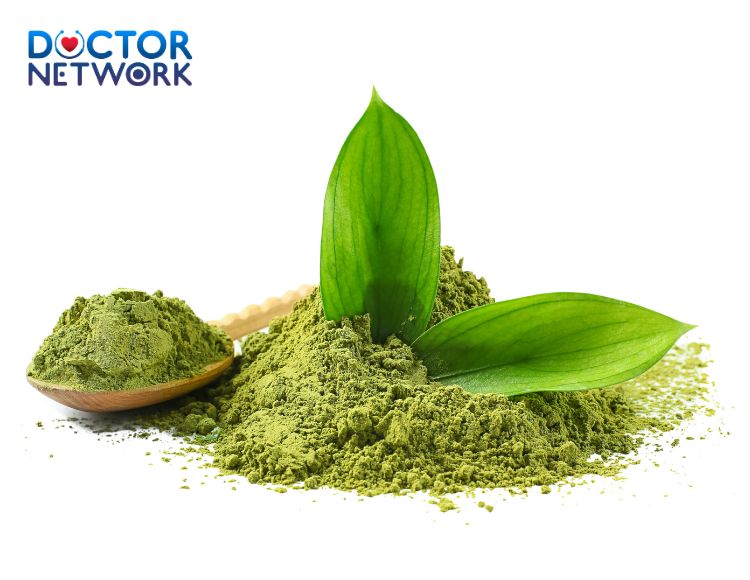
“How to Treat Intertrigo in Adults” with folk tips
B. Prescription Medications:
- Oral antifungals: Ketoconazole, Fluconazole, etc., for severe fungal infections.
- Antibiotics: For secondary bacterial infections.
- Treat underlying conditions: Effective management of diabetes can help prevent recurrence.
Prevention of Intertrigo
- Keep the skin dry and clean.
- Manage underlying medical conditions effectively.
- Lose weight if necessary.
- Choose loose, absorbent clothing.
When to See a Doctor
- Severe intertrigo that does not improve with home treatment after 1-2 weeks.
- Signs of infection: fever, swelling, pain, pus discharge.
- Presence of underlying medical conditions.
Note:
The information provided in this article does not replace professional medical advice. Always consult with a healthcare provider before starting any treatment. Consider the source, reliability, and E-E-A-T factors of medical information websites.
Frequently Asked Questions about How to Treat Intertrigo in Adults
Here are five frequently asked questions about “How to Treat Intertrigo in Adults“:
Can intertrigo resolve on its own?
Mild intertrigo may sometimes improve on its own if the irritating factors (such as moisture and tight clothing) are addressed. However, without proper care, the condition can worsen or lead to infections. Therefore, active treatment is necessary to resolve the issue quickly and prevent complications.
Can toothpaste be used to treat intertrigo?
This is a misconception. Toothpaste contains ingredients such as foaming agents, whiteners, and fragrances that can irritate the already sensitive groin area, making the condition worse. Instead, use specialized creams containing zinc oxide, antifungal agents, or safe home remedies recommended for treating intertrigo in adults.
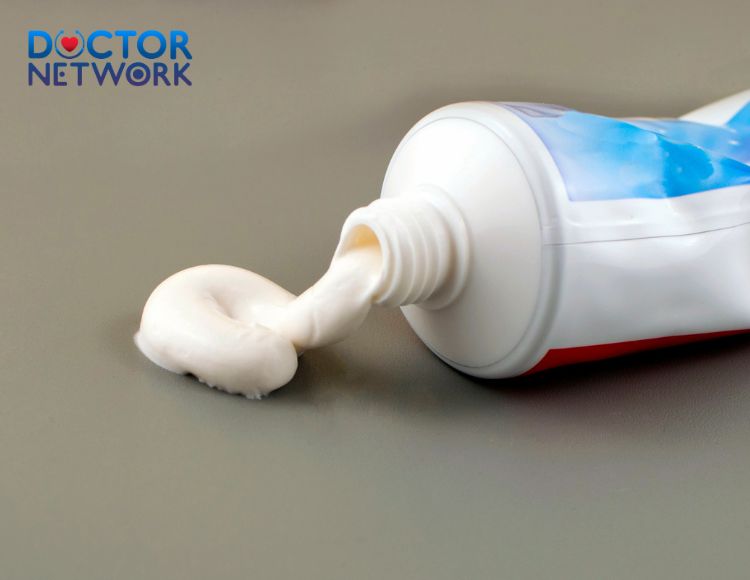
“How to Treat Intertrigo in Adults” with toothpaste is completely wrong
Are pregnant women at higher risk for intertrigo?
Pregnant women are at a higher risk due to hormonal changes and increased vaginal discharge, which can lead to moisture accumulation. Pregnant women should practice good hygiene, keep the area dry, and wear appropriate clothing. If intertrigo develops, it is crucial to consult a doctor before using any medication.
What foods should be avoided when suffering from intertrigo?
Avoid foods high in sugar and starch as they can exacerbate fungal infections. Instead, increase the intake of green vegetables and fruits, and limit stimulants like alcohol to help the affected skin recover more quickly.
How long does it take for intertrigo to heal?
The healing time depends on the severity of the intertrigo, the effectiveness of the treatment, and the underlying cause. Mild intertrigo can improve within a few days to a week with proper treatment. Severe cases may take several weeks to heal.
Scientific Evidence Related to Treating Intertrigo in Adults
1. Effectiveness of Zinc Oxide Cream:
A 2016 study compared the effectiveness of 20% zinc oxide cream with 1% hydrocortisone cream in treating intertrigo in adults. The results showed that zinc oxide cream was more effective in reducing itching and inflammation.
2. Use of Antiseptic Solutions:
According to guidelines from the American Academy of Dermatology, antiseptic solutions can be used to clean intertriginous areas to reduce the risk of infection. However, it is recommended to use mild, alcohol-free solutions to avoid skin irritation.
3. Treatment of Fungal Infections:
Topical or oral antifungal medications, such as clotrimazole and miconazole, are used to treat fungal intertrigo. The treatment duration typically ranges from 7 to 10 days.
4. Prevention of Intertrigo:
Frequent cleaning of the groin area and keeping it dry are essential in preventing intertrigo. Use warm water and mild cleansers to maintain hygiene.
5. Choosing the Right Clothing:
Wearing loose, breathable, and sweat-absorbing clothing can help reduce friction and keep the skin dry. Cotton fabrics are the best choice.
Conclusion
Intertrigo in adults, while not usually serious, can cause significant discomfort and impact quality of life. Effective treatment involves keeping the area dry, using appropriate topical medications, and wearing suitable clothing. For severe or persistent cases, consult a healthcare professional to ensure proper management and prevent complications. Always consider professional medical advice before starting any treatment.
References:
https://www.ncbi.nlm.nih.gov/pmc/articles/PMC5003748/
https://www.healthline.com/health/adult-diaper-rash
https://www.verywellhealth.com/heat-rash-on-groin-causes-symptoms-treatment-5193085
Kiểm Duyệt Nội Dung
More than 10 years of marketing communications experience in the medical and health field.
Successfully deployed marketing communication activities, content development and social networking channels for hospital partners, clinics, doctors and medical professionals across the country.
More than 6 years of experience in organizing and producing leading prestigious medical programs in Vietnam, in collaboration with Ho Chi Minh City Television (HTV). Typical programs include Nhật Ký Blouse Trắng, Bác Sĩ Nói Gì, Alo Bác Sĩ Nghe, Nhật Ký Hạnh Phúc, Vui Khỏe Cùng Con, Bác Sỹ Mẹ, v.v.
Comprehensive cooperation with hundreds of hospitals and clinics, thousands of doctors and medical experts to join hands in building a medical content and service platform on the Doctor Network application.








